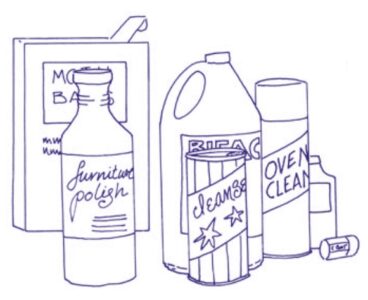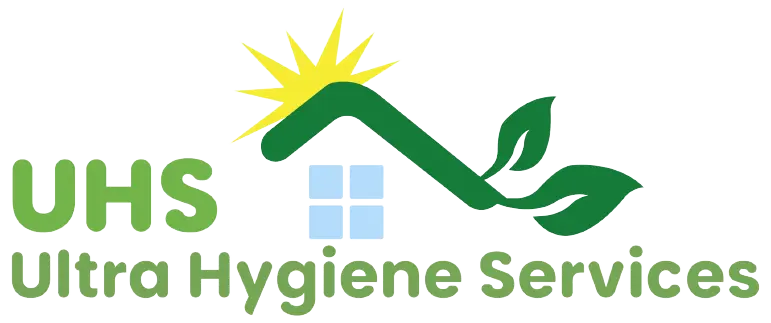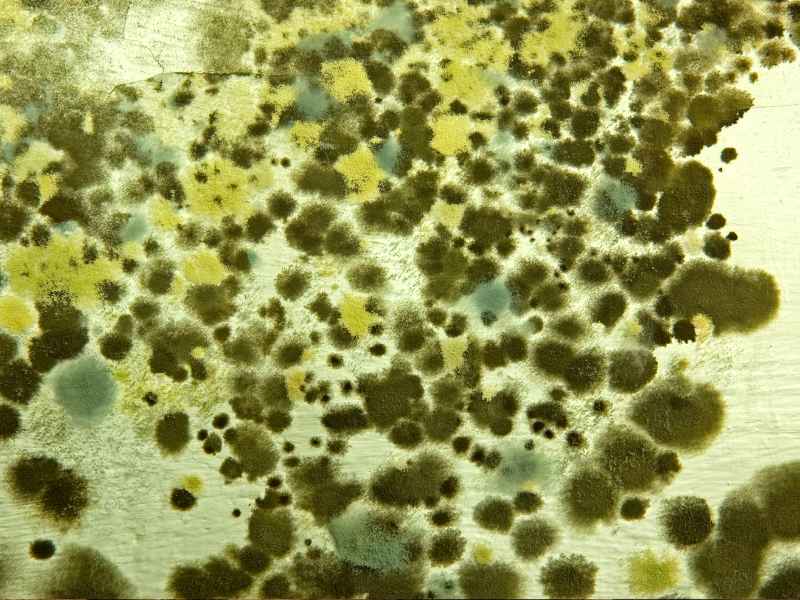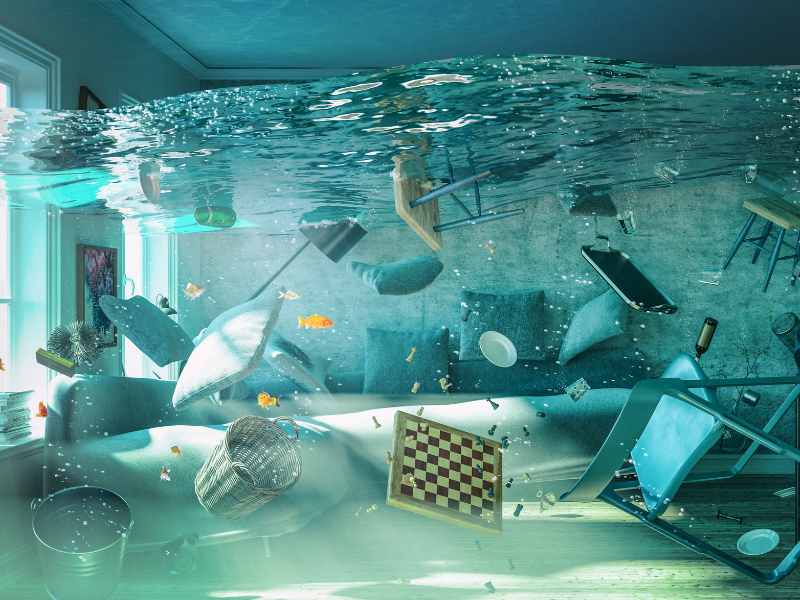
The document concerns the dangers of hazardous household products and the importance of using them safely to protect children and prevent illness and injury.
- Hazardous household products can be harmful if not used correctly. To ensure safe usage, following the directions on the label is essential.
- Mixing two products or using too much of a product can be risky for your health and family. It is essential to avoid these practices to prevent accidents or poisoning.
- Children are particularly vulnerable to the harmful effects of hazardous products. Even a few certain chemicals can cause significant problems for their tiny bodies.
- Hazardous products can be dangerous not only if ingested but also if touched or breathed in. They can cause burns, skin irritation, eye irritation, and other health issues.
- Some health problems caused by hazardous products may not be immediately apparent, such as cancer or harm to the lungs. Taking precautions to protect yourself and your children from long-term damage is essential.
Do you have these products in your home?
Examples of hazardous household products mentioned in the document include:
Bleach: Bleach is a standard household cleaning product that can be hazardous if misused. It can cause skin and eye irritation and should be kept out of reach of children.
Rat poison: Rat poison is a hazardous product controlling rodent infestations. They contain toxic chemicals that can be harmful if humans or pets ingest them.
Mothballs: Mothballs are used to repel moths and other insects. They contain chemicals that can be toxic if ingested or inhaled, so they should be used with caution and kept away from children.
Charcoal lighter fluid: Charcoal lighter fluid ignites charcoal for grilling. It is flammable and can be hazardous if not used properly, as it can cause fires or explosions.
Oven cleaner: Oven cleaners contain strong chemicals that can be harmful if inhaled or come into contact with the skin. Proper ventilation and protective measures should be taken when using these products.
Batteries, especially those containing mercury or other toxic substances, can be hazardous if mishandled or ingested. They should be stored and disposed of properly.
Mercury thermometers: Mercury thermometers contain the toxic substance mercury, which can be harmful if the thermometer breaks and the mercury is released. It is essential to handle and dispose of mercury thermometers carefully.
Gas and oil: Due to their flammability, gasoline and oil used as fuel or in machinery can be hazardous. They should be stored in appropriate containers and kept away from open flames or heat sources.
Wood polish: Wood polishes often contain chemicals that can be harmful if inhaled or ingested. Proper ventilation and caution should be exercised when using these products.
Toilet and drain cleaners: Toilet and drain cleaners contain strong chemicals that can be corrosive and harmful if not used properly. They should be stored securely and used with caution.
Bug spray: Bug sprays contain insecticides that can be toxic if ingested or inhaled. They should be used according to the instructions and kept away from children.
It is important to note that this list is not exhaustive, and other hazardous household products may not be mentioned in the document.
Household products like these are dangerous for your children! Household products are hazardous if they can harm people when not used properly. Not every product is unsafe, and some are more dangerous than others.
You can use most products safely if you follow the directions on the label. Doing things not on the label is risky for your health and family. For example, people run into trouble using too much of a product or mixing two products. Children can be poisoned if products are stored or thrown away unsafely. Children’s bodies are small, so even a little bit of some chemicals can cause big problems.
Eating or drinking a hazardous product is dangerous, of course. Also, just touching or breathing some products—even a minimal amount—can be harmful. They can burn your skin or eyes just by touching them.
Some hazardous products can make you sick if they enter your body through your skin or when you breathe in dust or fumes. Sometimes, you know immediately if you or your child has come into contact with a hazardous product. You may feel sick to your stomach or dizzy. Your skin may itch or burn. Your eyes may water or hurt.
Other problems don’t show up until later, like cancer or harm to your lungs. Also, contact with chemicals can affect a child’s growing body. You can protect your children and yourself from illness and injury. Use hazardous products safely. Store them carefully.
All hazardous household products must be disposed of properly.
Additional Resources: CDC






